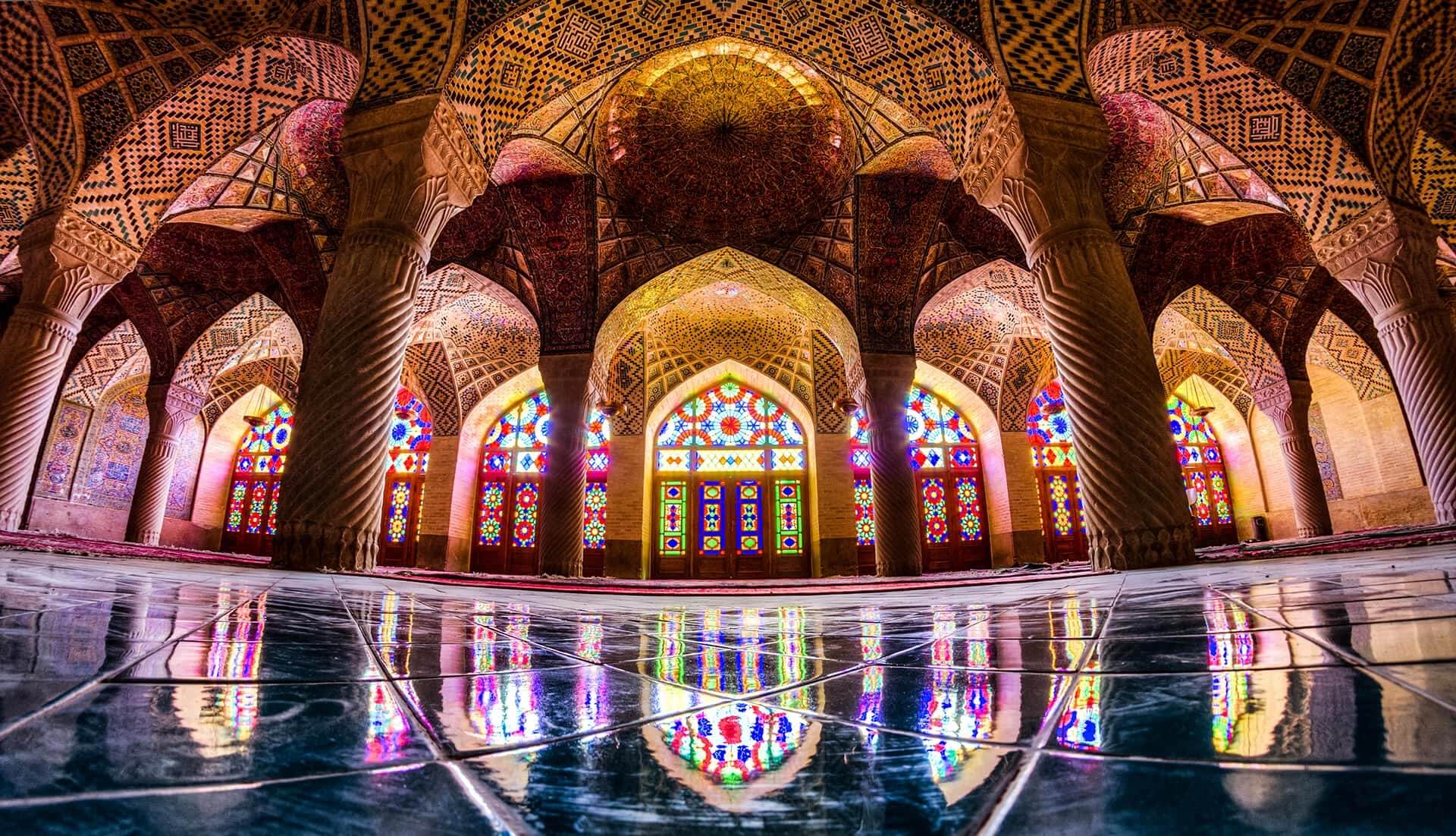
Islamic architecture: compare and contrast essay
Roman architecture was characterized by a great deal of realism, realistic features, and natural depictions. It represented the development of grand interior space, the use of concrete materials, and massive buildings. Islamic architecture represented a number of geometric features, Persian culture styles, complicated art techniques, and mosaics. As evidence shows, “much of Islamic architectural works were palaces for rulers and mosques that were used for worship.” (Exploring Art of the Ancient World & Christian Art, 2010, p. 14) This paper compares and contrasts the Coliseum in Rome as an example of Roman architecture and the Taj Mahal in Agra as an example of Islamic architecture in terms of art.
The Coliseum in Rome (70-80 AD, Vespasian, Titus) is one of the examples of Roman architecture, amphitheater, which combines different styles of art reflected in the Roman columns, excellent engineering skills, idealized features, and perfection. It represented the power, wealth, and perfection of the Roman Empire. The architecture of the Coliseum reflects “the use of one of the most famous inventions – concrete” (Alchin, 2017). As seen, “the Roman arch was prominently featured in the design and buildings of the Colosseum as were different styles of architecture reflected in the Roman columns.” (Alchin, 2017) Taj Mahal in Agra (Shah Jahan, 1631) is one of the examples of Islamic architecture that represents triangular shapes on the interior of the iwan, the use of blue gaze tile mosaics, complicated ornaments, and geometric patterns. It combines Mughal architectural styles, massive halls, delicate ornamentations, and complicated geometry features. Taj Mahal is one of the greatest architectural achievements whose architectonic beauty reflects “a rhythmic combination of solids and voids, concave and convex and light shadow; such as arches and domes further increases the aesthetic aspect” (UNESCO World Heritage Center, 1992)
Comparing the work of Islamic architecture with the work of Roman architecture, on the one side, both of them represent powerful features, complicated techniques, wonderful decorations, and geometrical patterns. On the other side, while Roman architecture (the Coliseum) represents a traditional look, heavy structures, and dozens of arches, Islamic architecture seems to be more aesthetic, it reflects colorful intricate geometry, lavish decorations, and unique spirituality. Taj Mahal is a wonderful example of it.
References:
Alchin, L. (2017). Roman Architecture. Retrieved from http://www.tribunesandtriumphs.org/roman-architecture/
Exploring Art of the Ancient World & Christian Art (2010). Introduction. The Learning House, Inc.
UNESCO World Heritage Center (1992). Taj Mahal. Description. Retrieved from http://whc.unesco.org/en/list/252

